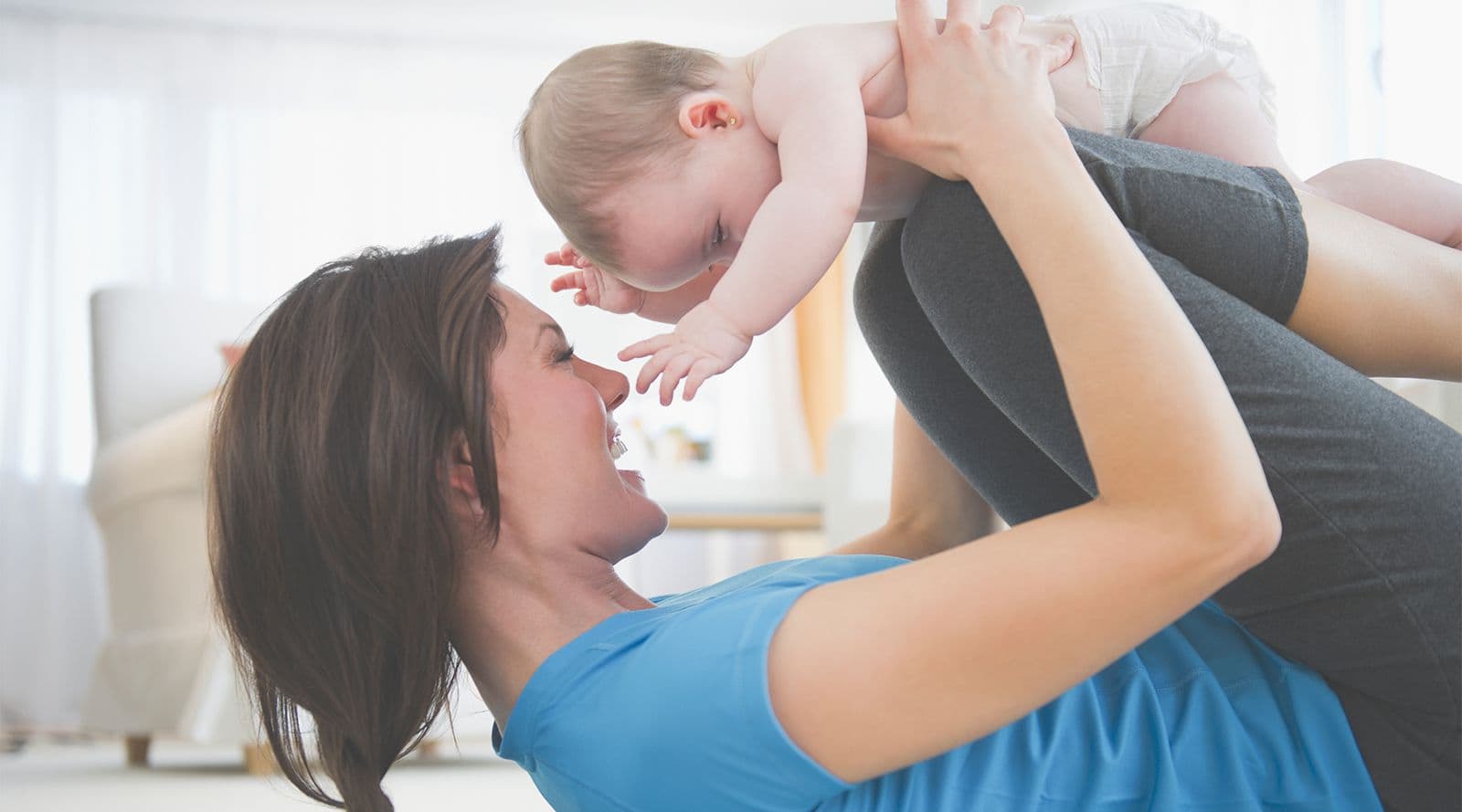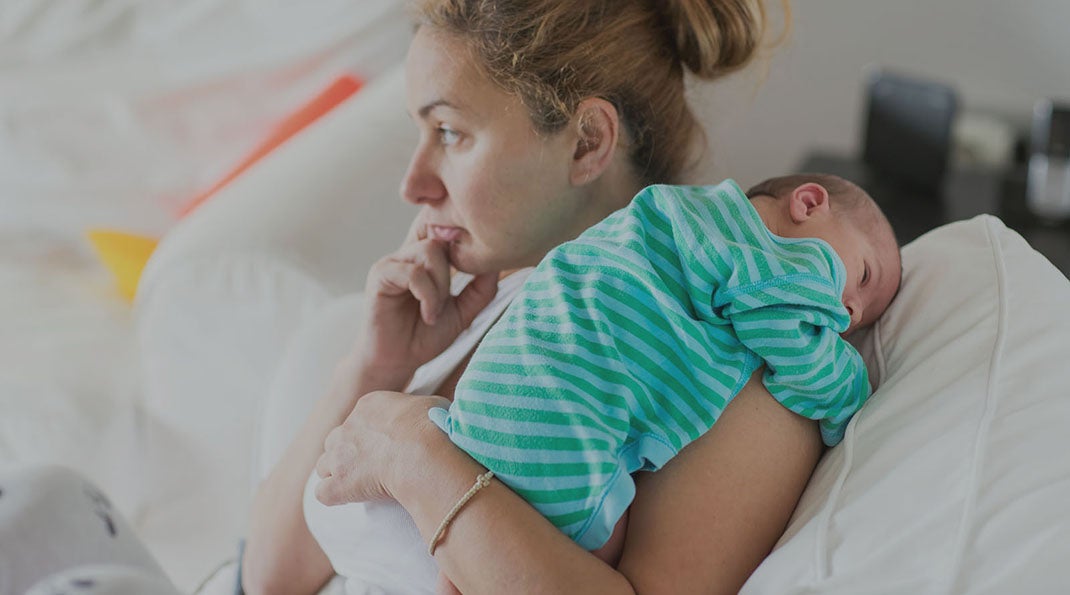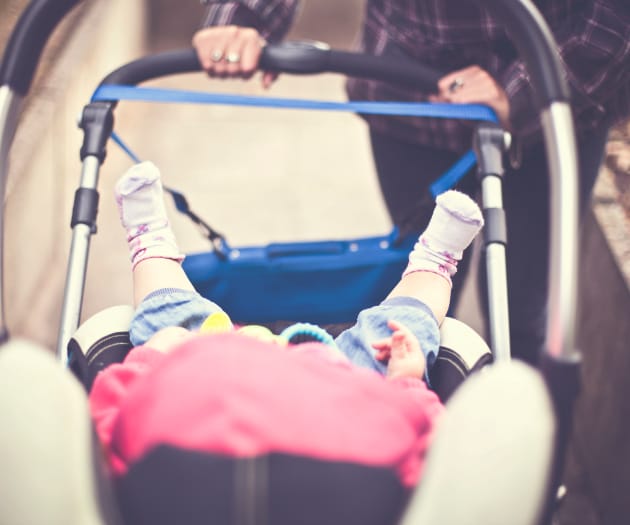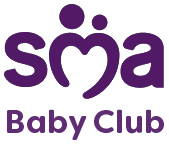At a glance
Exercise tones your body, ups your energy levels and can help improve your mood
Wait until your postnatal check-up before you start
Start with low-impact activities or join a postnatal exercise class
Don’t forget those pelvic floor (kegel) exercises
How to exercise after pregnancy
You’ve just achieved the most amazing thing – giving birth to a brand new life. Your body has been through a lot, carrying a baby around for nine months. Now it’s time to give yourself some well-deserved TLC with some gentle energy-boosting, stress-relieving exercise.
Before you do any exercise, you’ll need to get the green light from your GP at your 6-8 week check-up. If you’ve had a caesarean they may advise you to wait a little longer.
Things to consider before beginning postnatal exercise:
- Walking, postnatal Pilates, yoga and swimming are great ways to start your journey to a fitter you.
- Join a postnatal exercise class to get fit with other new mums. The workouts will be designed specifically for you and doing it with others will give you that extra motivation, especially if you catch-up over coffee after.
- Take extra care with your back when you exercise. It’s been through a lot these last few months. Always bend at the knees rather than the hips.
- Skip the sit-ups until your abdominal muscles have come back together (they move apart to make way for your bump in pregnancy). Some women experience noticeable separation of their abs for longer than eight weeks after giving birth, this is known as diastasis recti. Your midwife, postnatal exercise instructor or physiotherapist can check for this if you’re concerned.
- Take it easy at the start. If you start feeling dizzy or in any pain, then stop and take a breath. Pushing yourself too early can cause injuries, so build up your routine gradually.
A few kegels a day, keeps those leaks at bay
After all the stretching and pushing of childbirth your pelvic muscles also need a little help to get back into shape. These are the muscles that stretch across the bottom of your pelvis and not surprisingly they can be weaker after birth, which is why you might get the odd unexpected leak. Doing pelvic floor or kegel exercises can help your perineum and vagina heal quicker. Working your muscles back up to strength again can help prevent leaks. Squeezing in some squeezing time each day can also help for when you are ready for intimacy again.
Try these exercises three times a day:
- Get into a comfortable lying, sitting or standing position.
- Practise squeezing the muscles around your vagina and bottom tightly upwards. Imagine you are stopping yourself from urinating and passing wind at the same time.
- Squeeze and lift your pelvic floor muscles as strongly as you can for ten seconds, then release. Keep breathing regularly throughout.
- Repeat ten times.
- Follow this with ten fast squeezes and then relax your muscles completely.
- You may not feel much to begin with but it’s important to persevere.
- Speak to your GP at your postnatal check-up (around 6-8 weeks) if you are still experiencing urine leaks.
Here’s some useful information from the HSE on kegel exercises.
Tone that tum with the bridge
Bridging exercises help to tone your tummy, bottom and thigh muscles:
- Lie on your back on the floor or on your bed.
- Bend your knees by sliding your feet up towards your bottom.
- Breathe in and as you breathe out, tighten your pelvic floor and belly button.
- Lift your bottom into the air as high as is comfortable (you might want to squeeze a ball or block between your legs for extra stability).
- Hold this position for about five seconds and keep breathing normally.
- Slowly lower your bottom back to the floor.
- Relax your pelvic floor and lower tummy muscles. Repeat these exercises up to ten times.
Side lying thighs and buttocks
This Pilates exercise is a great way to strengthen the outer thighs and buttocks.
- Lie on your side, bottom arm under head, top arm resting on floor in front of chest. Have your bottom leg bent with thigh straight out in front of you and top leg straight in line with body.
- Lift the underneath waist off the floor and maintain the lift while you move your leg.
- Remember to lengthen your leg while you move it.
- Lift your leg up and down, up to 15 times.
- Keep the leg at hip height and take it forward and back up to 15 times.
- Hold your leg in line with your body and then make small circles with your thigh 15 times.
If you learn better by example, take a look at these exercises from the HSE. Or look for postnatal exercises like these on YouTube. You can even find some mum and baby workout videos, using your baby’s weight as resistance - multitasking at its finest (and fittest).









